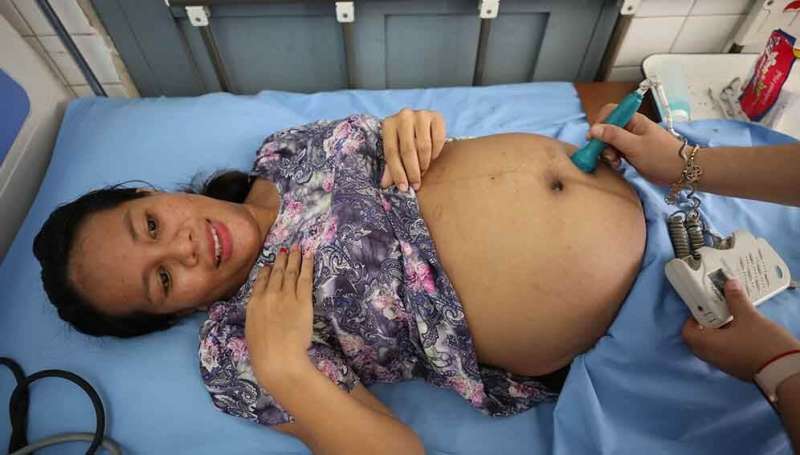Abortion rates highest where legally restricted: study

Abortion rates are highest in countries that legally restrict access to terminations, but lowest in high-income countries where abortion and contraception are accessible, a new study has found.
Women in the world's poorest regions are three times more likely to experience an unplanned pregnancy than women in the global North. Abortion rates are also highest in middle- and low-income countries, the research found.
The number of unintended pregnancies has dropped globally over the past 30 years, but the proportion of abortions has increased—though there has been a slight decline in countries where abortion is broadly legal. The findings are part of a Lancet Global Health study by the Guttmacher Institute, a sexual and reproductive health research and policy organisation, and the United Nations' Human Reproduction Programme,published yesterday.
Only half of women in developing regions receive appropriate levels of health care, theUN notes. The Sustainable Development Goals aim to ensure universal access to sexual and reproductive health services and include reproductive health in national programmes.
The higher number of abortions in developing countries is likely to be caused by lack of access to contraception that is affordable and acceptable, say the researchers, while family planning programmes likely contributed to declines in unintended pregnancies.
"These findings emphasise the importance of ensuring access to the full spectrum of sexual and reproductive health services, including contraception and abortion care, and for additional investment towards equity in healthcare services," say the authors.
"[A]ccess to safe and legal abortion as well as contraception increases reproductive autonomy. Limits on access to services, in contrast, contribute to unintended pregnancy and, when access is limited, unsafe abortion."
Sarah Hawkes, co-founder and co-director of gender equality organisation Global Health 50/50, says the study sheds light on population-level data relating to reproductive health.
"The good news is that rates of unintended pregnancies have declined over time, but benefits of this decline have not been equally shared by all women in all countries," says Hawkes, who was not involved in the study.
"A woman's right to access to essential sexual and reproductive health services, which includes effective contraceptive services, should be realised universally, irrespective of her economic position or the economic wealth of her country."
The study found that women living in countries with broadly legal abortion had the lowest rates of unintended pregnancy and the largest decline in the incidence of abortion.
That finding "lends credence to the point that abortion services are part of a comprehensive rights-based package of sexual and reproductive health care that should be available to all women", Hawkes says.
According to the study, between 2015 and 2019 there were 121 million unintended pregnancies annually, 61 percent of which ended in abortion.
Where abortion is restricted, the annual average unintended pregnancy rate was 73 per 1000 women during that period, with an abortion rate of 36 per 1000.
For countries where abortion is broadly legal, the unintended pregnancy rate was 58 per 1000, with 40 abortions per 1000 women.
Nepal's restrictive abortion laws were amended in 2002 to grant all women the right to terminate a pregnancy at up to 12 weeks.
But in 2014, 184,000 women in Nepal had an illegal abortion—about 57 percent of all abortions that year. More than 63,000 women were treated for abortion complications,according to a joint studyby Mahesh Puri's Center for Research on Environment Health and Population Activities, in Nepal, and the Guttmacher Institute.
Abortions are often available only at "prohibitively high" costs, Puri's research found.
Puri tellsSciDev.Netthere continues to be a high, but unmet, demand for modern contraception in Nepal.
"It is a matter of concern that despite a decrease in unintended pregnancy, abortion rates have not declined, most prominently in low-income countries," Puri says.
"Global evidence such as this will certainly helpto revitalise family planning programmes in [Nepal] and push this agenda globally."
Hawkes adds: "At the end of the day, this represents data on some of the most important decisions that individual women will ever make—around bodily autonomy and a woman's right to have control over her own reproductive life."


















